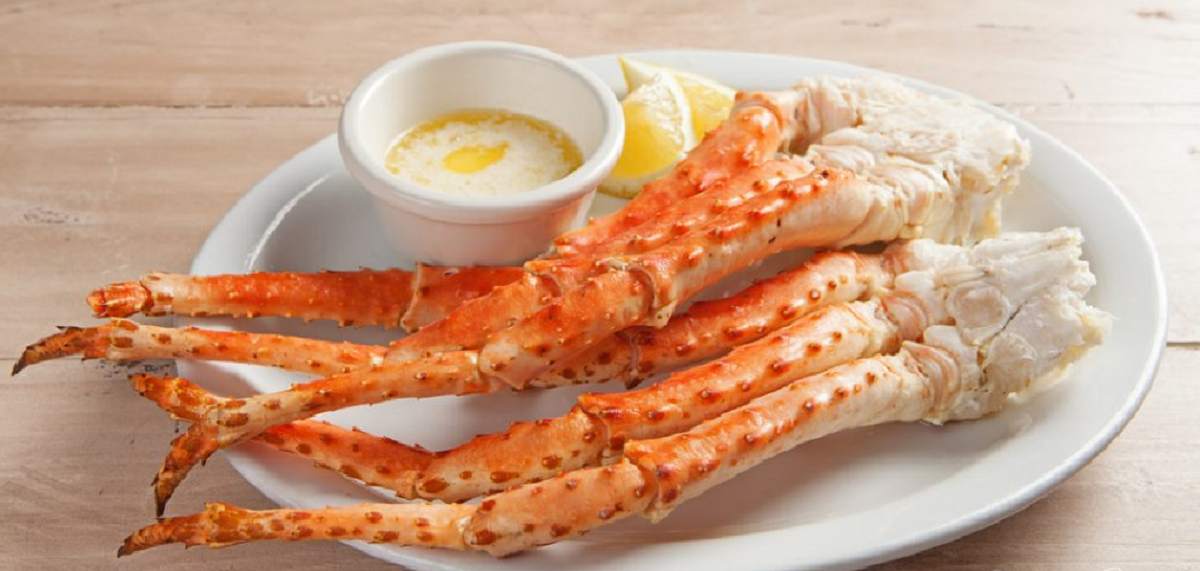Crab claws are a delicious seafood delicacy enjoyed by seafood lovers around the world. These juicy and flavorful claws offer a unique eating experience with their tender meat and salty taste. In this article, we will explore the charm of crabs&claws, their culinary uses, popular cooking methods, and some handy tips for enjoying these delicious bites. Get ready to dive into the world of crabs and discover why they are highly regarded as a prized gem from the sea!
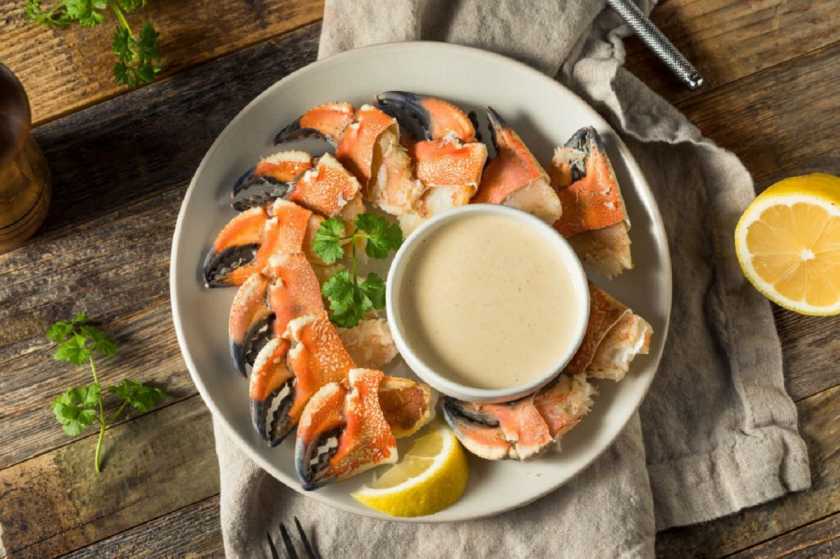
Table of contents
What Are Crab Claws?
Crab claws, or chelipeds, are special legs at the front of a crab’s body. These strong and flexible parts are very important for a crab’s survival and daily actions. Crab claws have a hard outside covering and come in different shapes, which can change depending on the type of crab.

Crab Claws
Equipment
- 1 Seafood Forks
Ingredients
- Butter Butter is commonly used to add richness and flavor to crab claws. You'll need melted butter for dipping or as a base for sauces.
Instructions
- If you are using frozen crab claws, follow the package instructions to thaw them properly. This may involve placing them in the refrigerator overnight or running them under cold water until they are fully thawed.
Video
Notes
How to make Crab Claws?
To make delicious crab claws, start by selecting fresh, high-quality crab claws from a respected seafood market. Begin by gently breaking the claws with a crab cracker or a mallet to allow easy access to the juicy meat inside.Serve the crab claws hot, maybe with a dipping sauce of your choice, allowing the delicate, sweet meat to be the star of the dish. Enjoy the delightful flavors and textures of your homemade crab claws!
- How do I select fresh crab claws?
When choosing crab claws, opt for fresh ones from a reputable seafood market. Look for intact claws, have a vibrant color, and show no signs of discoloration or damage.
- How do I crack the crab claws?
Use a crab cracker or sturdy kitchen shears to gently crack the shells of the crab claws. The goal is to create easy access to the meat without breaking it entirely.
The History of Crab Claws
Crab claws, with their delectable meat and unique appearance, have a charming history that stretches back millions of years. These crustaceans have evolved and hold a significant place in both the natural world and culinary traditions. In this article, we will explore the captivating history of crab, from their ancient origins to their modern-day culinary significance. Prepare to delve into the depths of time and discover the journey of these marvelous claws.
Prehistoric Origins
The story of crab claws begins in the old seas that covered our planet millions of years ago. Crabs, belonging to the order Decapoda, have been part of Earth’s ocean ecosystems for over 250 million years. Fossil records reveal that early crab-like creatures with claw-like appendages existed during the Paleozoic era, evolving into the diverse range of crab species we know today.
Evolution of Crab Claws
It have undergone a remarkable evolutionary process to become the specialized tools they are today. Over time, claws have developed various shapes and sizes, adapting to different crab species’ lifestyles and habitats. Some crabs have large and powerful claws for defense and capturing prey, while others have slender and elongated claws for intricate feeding and grooming tasks. The diversity of claw forms showcases the incredible adaptability of these remarkable creatures.
Cultural Significance
Crab claws have held cultural significance in various cultures throughout history. In ancient times, crabs were revered in some cultures for their tenacity and ability to regenerate lost claws. They symbolized resilience and adaptability. In folklore and mythology, crabs often represented cycles of life, transformation, and protection.
Crab claws have also played a role in traditional customs and rituals. In some coastal residents, crabs are used in artistic expressions, such as intricate carvings or jewelry, showcasing their aesthetic value beyond their culinary appeal.
Culinary Delights
The culinary use of crab claws travelsacross cultures and continents. In many coastal regions, crabs have been a valuable food source for centuries. Their juicy meat and distinct flavor have made them a sought-after ingredient in various cuisines.
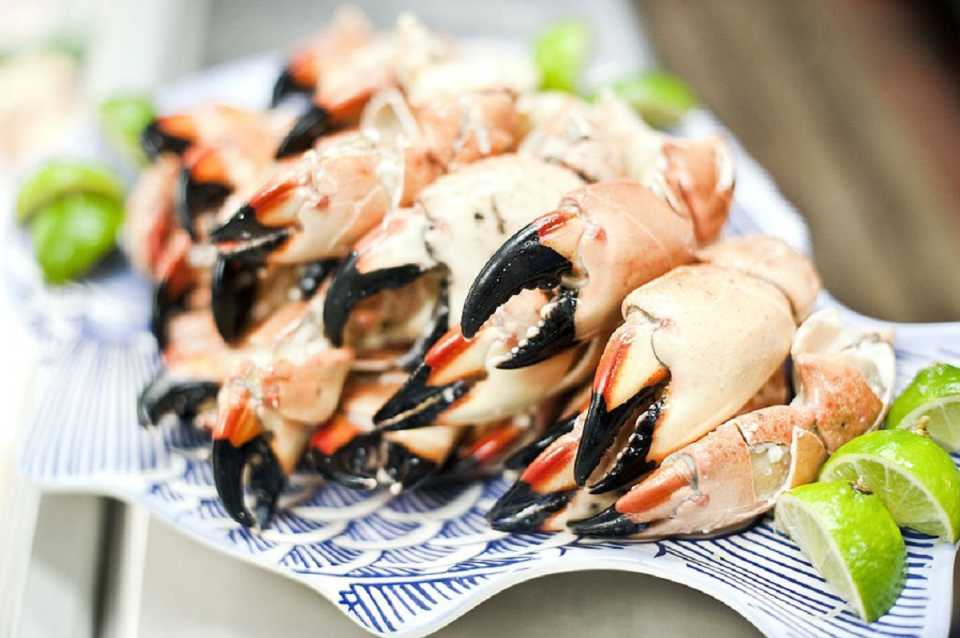
Culinary Uses
Crab claws are a versatile ingredient that can be used in various culinary preparations. Some popular culinary uses of crab include:
- Crab Cocktail claws: These are often served as a chilled appetizer, accompanied by a zesty cocktail sauce or a tangy citrus dressing.
- Crab Salad Claws: The tender meat of crab can be mixed with fresh vegetables, herbs, and a light dressing to create a refreshing and vibrant salad.
- Crab Pasta claws: Incorporating into pasta dishes adds a luxurious touch. The delicate meat pairs well with creamy sauces or a simple garlic and olive oil base.
- Crab Stir-Fry Claws: Stir-frying crab with vegetables and aromatic spices creates a flavorful and satisfying meal that highlights the natural sweetness of the meat.
Cooking Methods
Crab claws can be prepared using different cooking methods, each offering a unique culinary experience. Here are a few popular cooking methods for these:
- Steaming: Steaming is a gentle cooking method that preserves the natural flavors and textures of claws. Steamed are often served with melted butter or a dipping sauce.
- Boiling: Boiling claws in seasoned water infuses them with flavor while ensuring that the meat cooks evenly. Boiled claws can be enjoyed hot or chilled.
- Grilling: Grilling Fiddler claws add a smoky charred flavor to the meat, creating a delicious contrast. Basting the claws with a marinade or butter enhances the flavors even more.
- Baking: Baking Fiddler Claws is a simple and fuss-free method that results in tender and flavorful meat. Baking them with a breadcrumb topping adds a crispy element.
Recipe 1: Steamed Crab Claws
Ingredients:
- Fresh crab claws
- Water
- Salt
- Lemon wedges
- Melted butter (optional)
Instructions:
- Fill a large pot with water and add a pinch of salt.
- Bring the water to a boil over high heat.
- Carefully place the crab into a steamer basket and put it over the pot.
- Cover the pot with a lid and let the crab steam for about 10-12 minutes, or until they turn opaque and the shells turn reddish.
- Remove the steamer basket from the pot and let the crab cool slightly.
- Serve the steamed crab with lemon wedges and melted butter on the side, if desired.
- Enjoy the succulent and flavorful steamed crab!
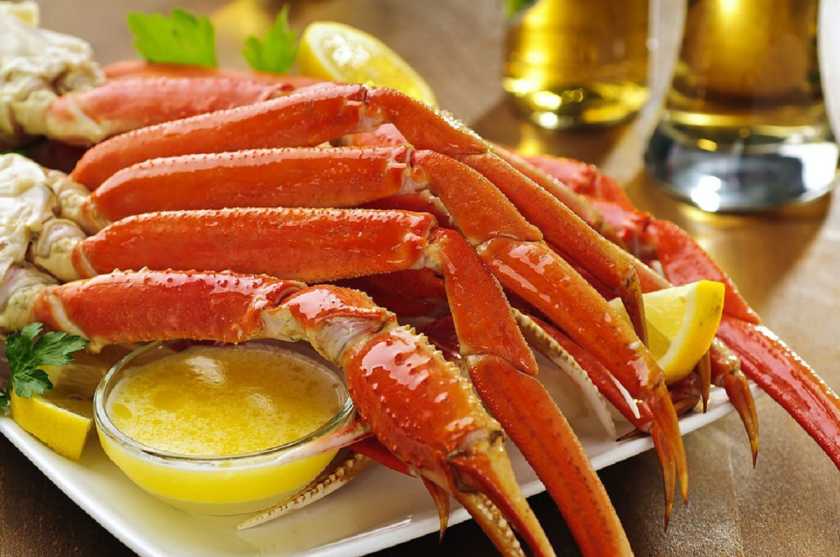
Recipe 2: Crab Claw Salad
Ingredients:
- Fresh crab claws
- Lettuce leaves
- Cherry tomatoes (halved)
- Cucumber (sliced)
- Red onion (thinly sliced)
- Lemon juice
- Olive oil
- Salt and pepper to taste
Instructions:
- In a large bowl, combine the lettuce leaves, cherry tomatoes, cucumber slices, and red onion.
- Gently mix the vegetables.
- In a separate bowl, squeeze fresh lemon juice and whisk it with olive oil to make a dressing.
- Season the dressing with salt and pepper according to your taste.
- Add the claws to the salad bowl and drizzle the dressing over the top.
- Toss the salad gently to ensure all ingredients are coated with the dressing.
- Serve the refreshing claw salad and enjoy the combination of flavors and textures.
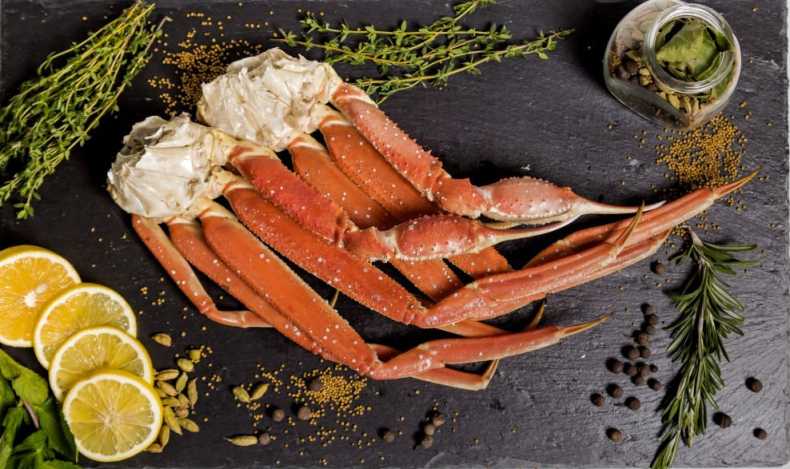
Recipe 3: Fried Crab Claws
Ingredients:
- Fresh crab
- All-purpose flour
- Salt and pepper
- Vegetable oil for frying
- Tartar sauce (optional)
Instructions:
- In a shallow dish, mix all-purpose flour with salt and pepper.
- Dredge the crab in the flour mixture, ensuring they are coated evenly.
- Heat vegetable oil in a deep skillet or frying pan over medium heat.
- Carefully place the coated chela claws in the hot oil and fry them until they turn golden brown, usually around 4-6 minutes.
- Use a slotted spoon to remove the fried chela claws from the oil and place them on a paper towel-lined plate to drain excess oil.
- Serve the crispy fried crab with tartar sauce for dipping, if desired.
- Delight in the crunchy exterior and tender meat of these fried treats!
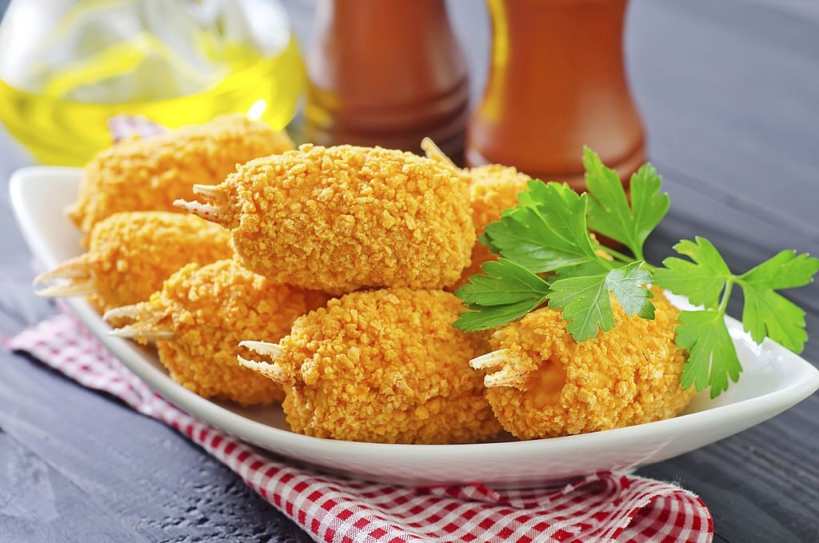
Conclusion
The history of crab claws is a testament to the long-standing presence and culinary significance of these amazing crustaceans. From their prehistoric origins to their cultural symbolism and modern-day culinary delights, crabs have captured the attention and appreciation of people throughout time.
FAQs
Yes, they are safe to eat when cooked properly. Ensure they are fresh, properly cleaned, and cooked to the recommended internal temperature.
It is best to store crab claws in the refrigerator, either in a covered container or wrapped tightly in plastic wrap. Consume them within a day or two for optimal freshness.
Yes, frozen claws can be used if fresh ones are not available. Thaw them in the refrigerator overnight before cooking.
Absolutely! It can add a delightful seafood flavor to soups and stews. Add them towards the end of cooking to prevent overcooking.
